I spent all my school summer vacations with my grandparents in Zabuzhzhia near Sokal of Lviv province. You can see them in this photo. I am so proud of them as they broke through so many hardships to become successful. My Grandma Kateryna was such a talented cook and I was growing up enjoying the many unbelievable dishes. She was illiterate and she kept most recipes in her head. Today, I find it amazing. We lost most of them when she passed away.
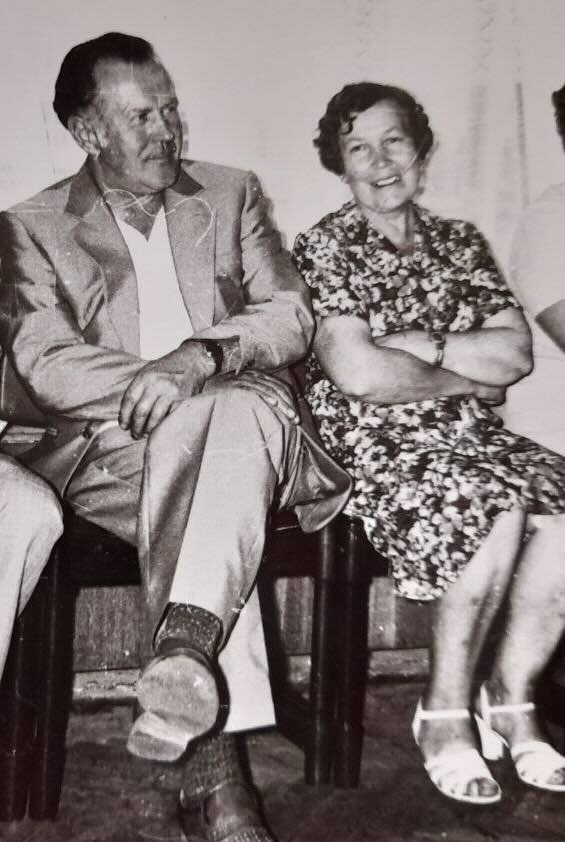
It’s one of the reasons I love to explore the tastes of the Galician cuisine. I found this wonderful text on the website of Pani Stefa (the pen name of Marianna Dushar) who’s a food writer specialing in the culinary heritage of Halychyna – Galicia region: https://panistefa.com/sim-z-polovynoyu-narizhnyh-kameniv-galytskoyi-kulinarnoyi-tradytsiyi/
Seven and a Half Cornerstones of the Galician Culinary Tradition
“Galician cuisine is like a ball of multi-colored threads. Some colors prevail, others are intertwined with the neighboring colors or almost disappear. One thread is gentle and silky. The other is rougher and more textured. Each thread stands for the tradition of the ethnic groups and social strata, the consequences of trade relations, and historical events that had an impact on the tastes characteristic of Galicia.
It includes the everyday cuisine of the highlanders: Boyoks, Hutsuls, and Lemkos, the city cuisine that is considered “lordy”, the heritage of the Grand Duchy of Lithuania, grandma Austria, auntie Poland, the local Jewish dishes, as well as German, Italian and Greek culinary traditions. “It’s Babylon, brother, Babylon!”
So, what should you try while traveling in Galicia to experience the peculiarities of our regional gastronomy?
#1
“Let’s start getting acquainted with the Galician culinary tradition from the very beginning – with the appetizers. Countless types of canapés, nalysnyky (crapes with fillings), pates, and opikanky (all types of fried snacks) are the guardians of the traditional Galician finger food and the must-have dishes for every celebration. Not to forget about the traditional vegetable salads. This is our first cornerstone.
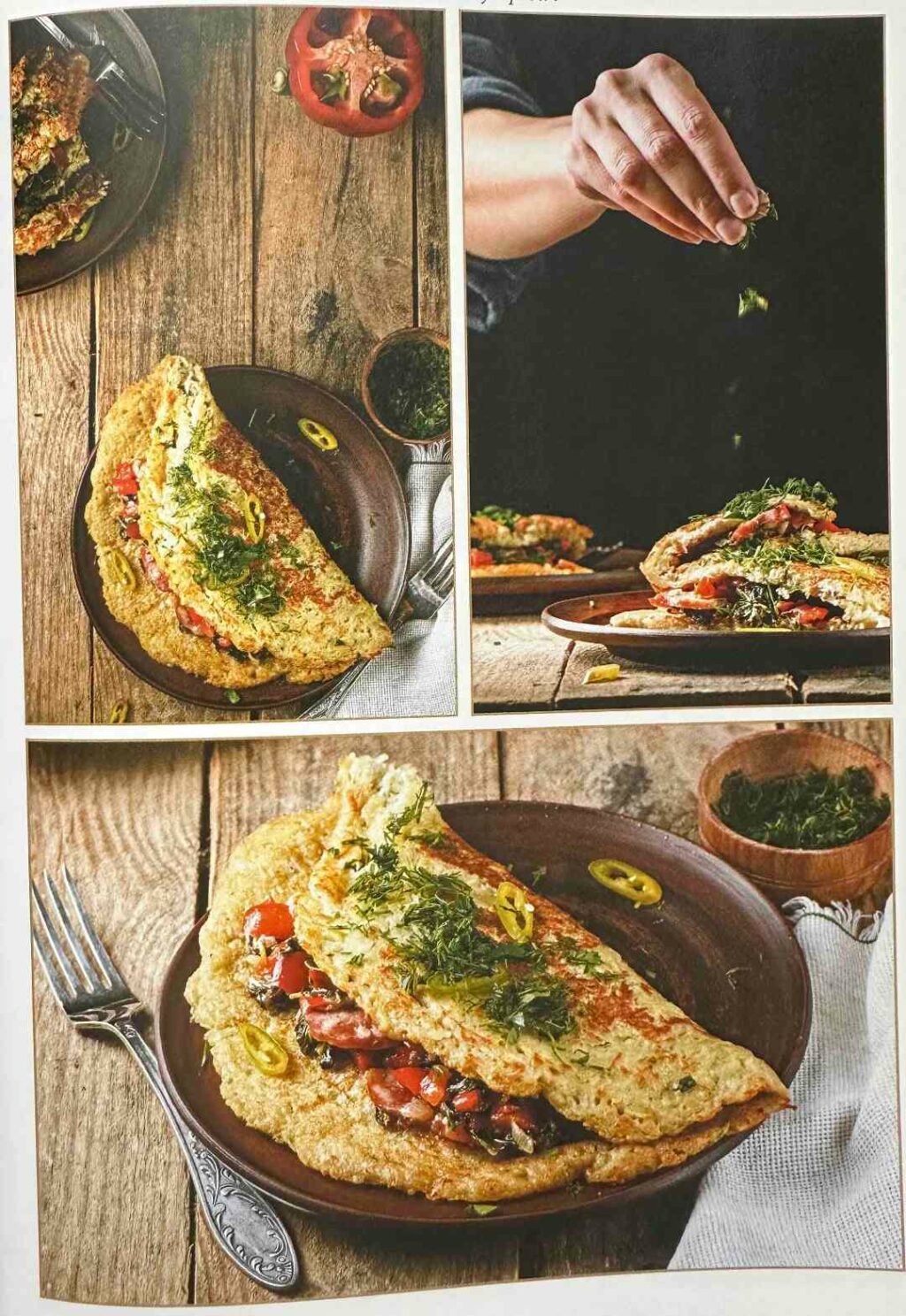
#2
Smoking ham, tenderloins, and bacon, as well as stuffing aromatic sausages have been elevated to the status of a cult in Galicia. Right before Easter, the special ham and sausage trees appear all over Galicia and produce their special fruit. It’s also about roasting meat stuffed with bacon, carrots, or garlic, stuffing poultry, meatloaves, or making salcesones.
What about some lard (salo) with paprika or salt? Sliced and delicate like girls’ dreams. Too pathetic? Then what about the clear meat jelly of amber color? It must be served with “tsvikli” (red beets puree mixed with horseradish, seasoned with salt, sugar and vinegar) or white horseradish. There is no good party without a giant plate with artistically laid out meat on the table. Therefore, it is the cornerstone number two.
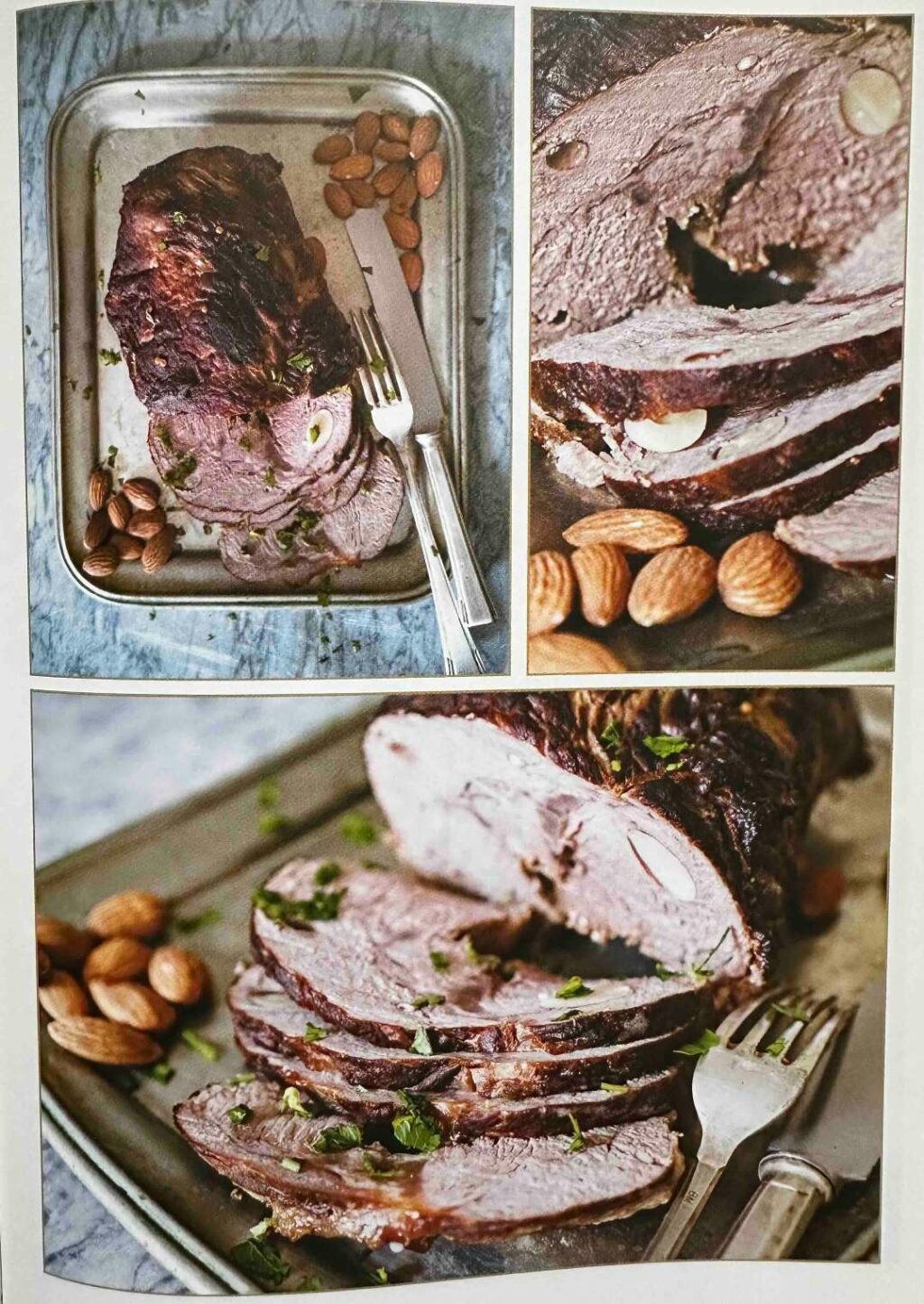
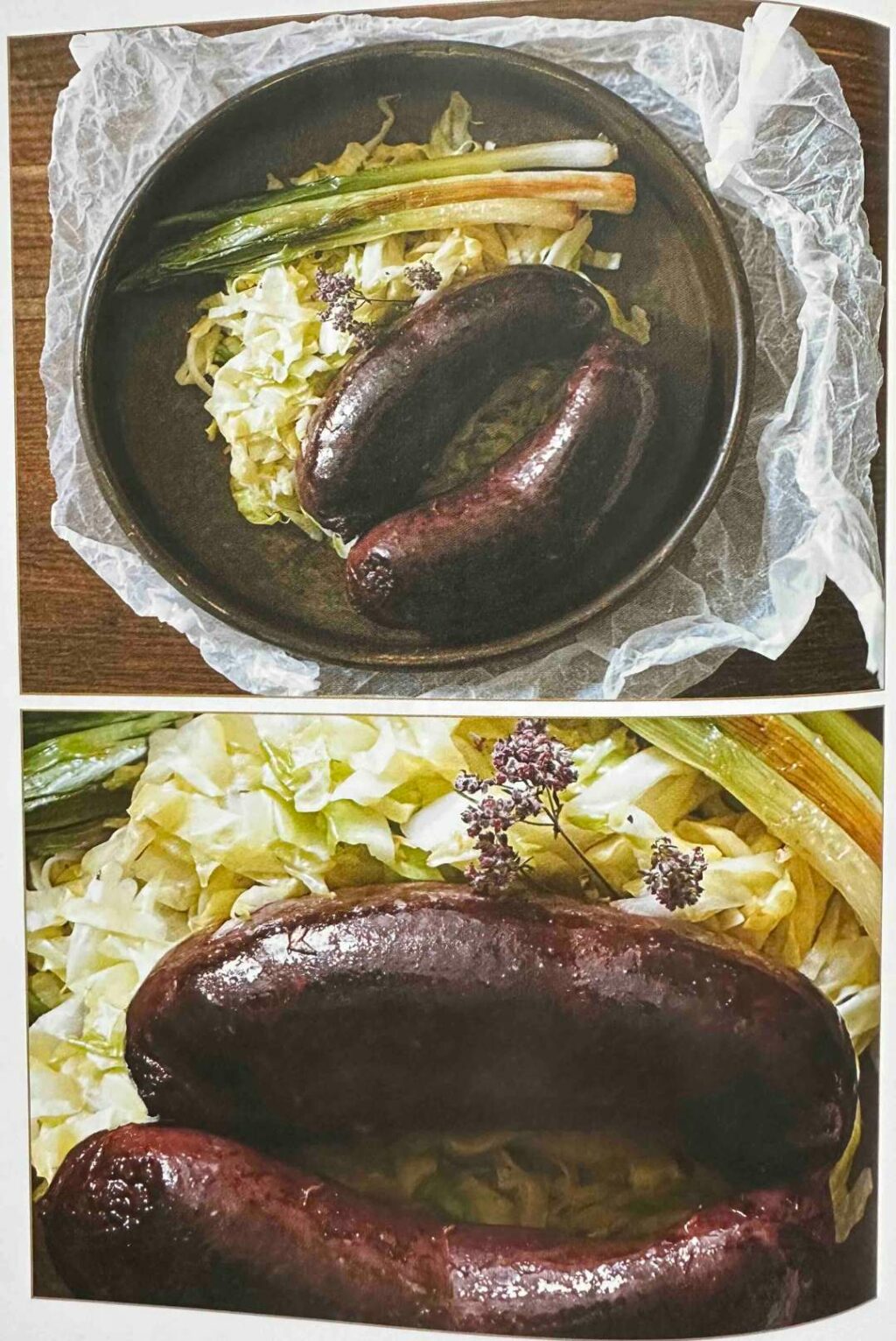
#3
Let me tell you a few words about the cereals, our third cornerstone. In Galicia, several types of dishes are made of corn – “banosh”, “mamalyha”, “tokan”, layered corn cake… Wheat, barley, buckwheat, millet, and rice can all be used for stuffing or be baked, boiled in water and milk, or baked with salty or sweet dishes.
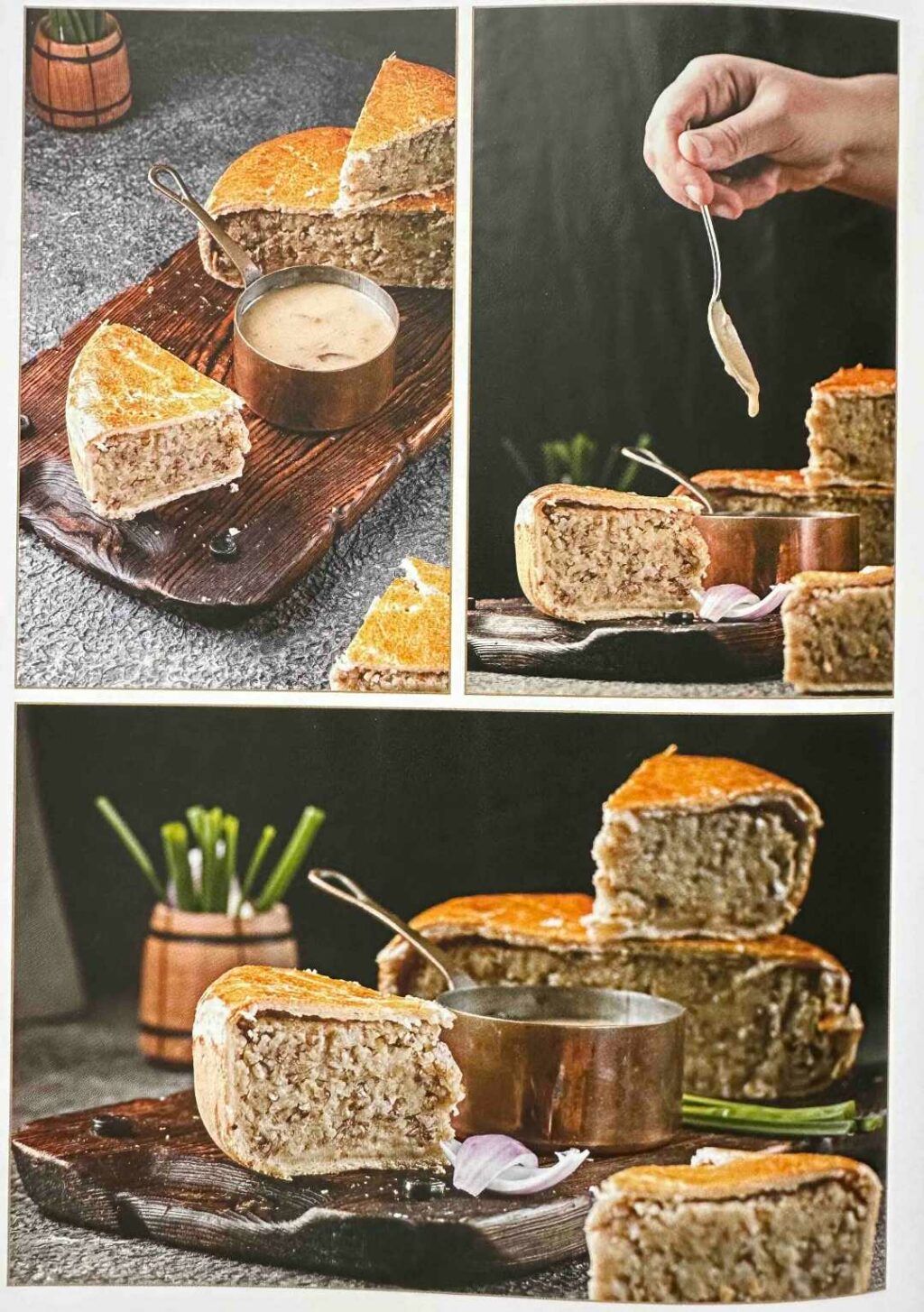
#4
And while the “bulbianka” (potatoes sausage) stuffed with potatoes and crackers and kashanka (blood sausage) with buckwheat are being fried on the pan, let’s talk about the soups. It just seems that borscht won’t surprise anyone. Just imagine ruby-rich borscht, cooked with mushroom concoction, beetroot kvass, with “vushka” (small ravioli) stuffed with spicy plum and porcini mushroom pate. It is not borscht, but wine! Don’t you like it? Then, maybe a spicy cumin soup or thick mushroom soup with penzak (Lemko-style pearl barley porridge)? And what about the apple or the wild strawberry soup? Even if you don’t like the soup, you’ll have a chance to find your own in Galicia. This is our cornerstone number 4.
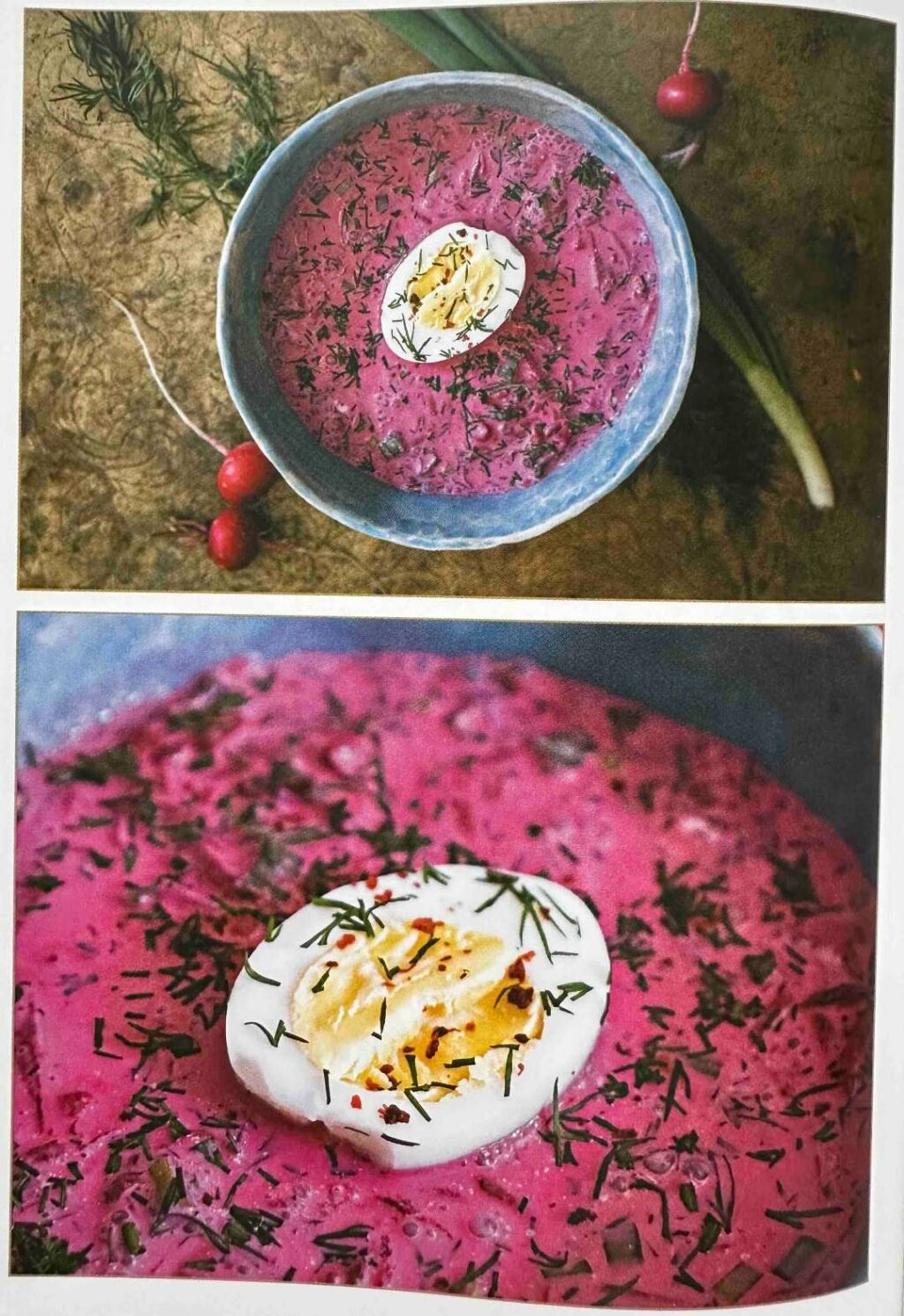
#5
The fifth one is vegetables. Parsnip or celery puree, stewed or baked carrots, stuffed kohlrabi, grilled young cabbage, and young peas in a delicate creamy sauce. Hmmmmm… I can’t wait for the summer!
#6
There’s no way to ignore the pickles. Of course, you won’t surprise anyone with pickled cucumbers or cabbage. However, try adding some marigold flowers to a jar with cucumbers, and cumin and grated horseradish to a barrel with shredded cabbage when you make it next time. Galician housewives will not miss an opportunity to make “something different”. Try “kryzhavky” (pickled cabbage heads or cabbage pickled with red beets), pickled garlic, green tomato jam, and rose petals grated with sugar, or candied violets. What do you think about it? It is our number six.
#7
Do you like pastry? We have pampukhs (doughnuts) and angel wings, poppy and walnut roulades, waffle cakes, honey cakes and tsvibak (biscuit with dried fruits), strudels with poppy seeds, cherries or apples, as well as mountains of small delicacies – “horishky” (cookies shaped like walnuts with different feelings) peanuts, eclairs and croissants. And I haven’t even mentioned all the other types of cakes and pretzels! They all are our number seven and our “seventh heaven”.
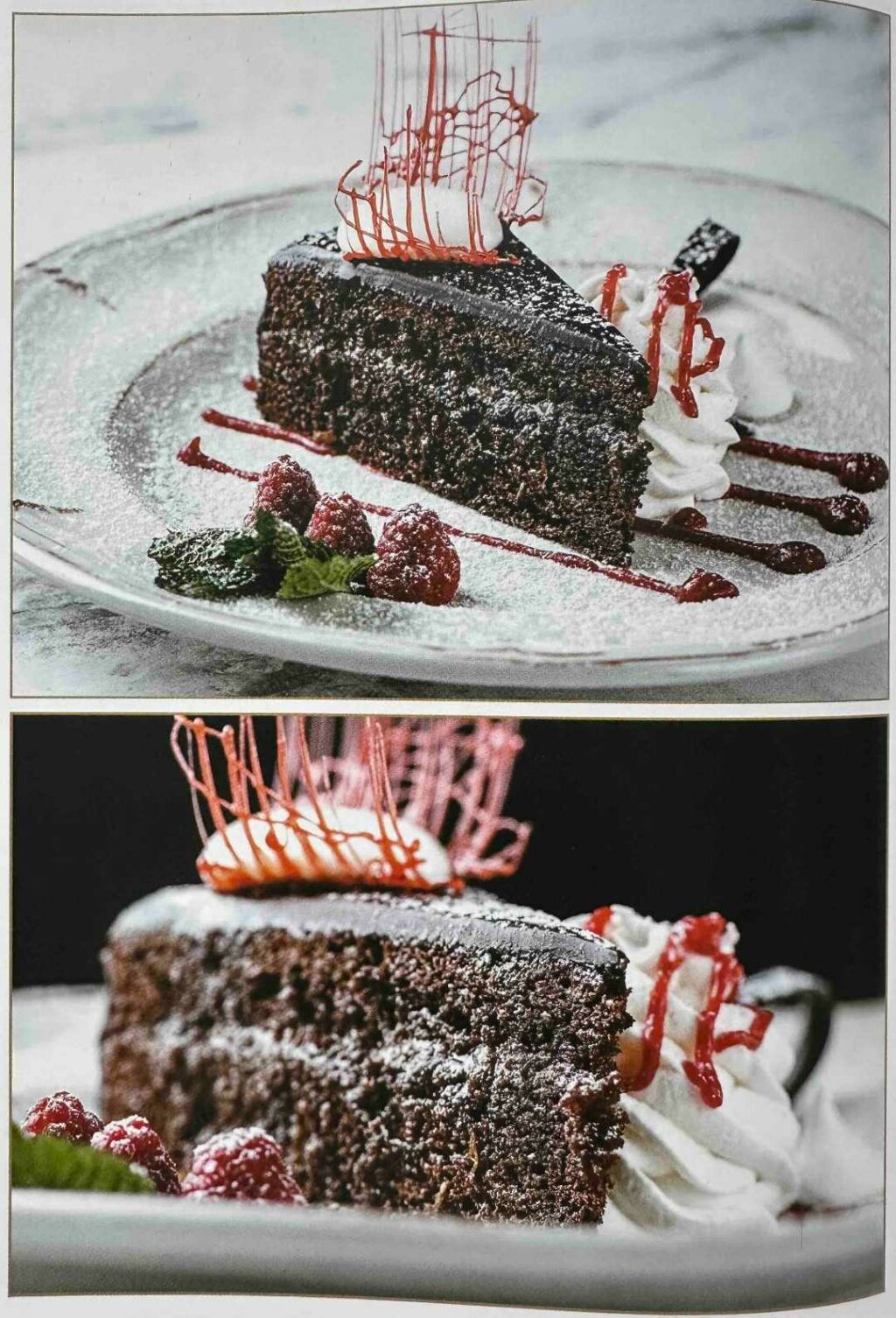
#7.5
What is the cornerstone number seven and a half? It’s an elegant porcelain cup of black Lviv coffee. It tastes especially good if you put your little finger up elegantly when you hold the cup. Coffee is the “coda” of every meeting and the coda of this text. But keep in mind that when you are invited “for a coffee” in Galicia, they may mean something stronger. That’s how mysterious we Galicians are 😉 “
Make sure you join our private Ukraine Roots Illuminated with Dorosh FB group to get updates on further posts and other news.
Love from Ukraine!
Andriy
Photo courtesy: all other pictures in the post were found in the book by Ihor Lylio: Lviv Cuisine. IBSN 9789660387621. 2020 Folio Publishing